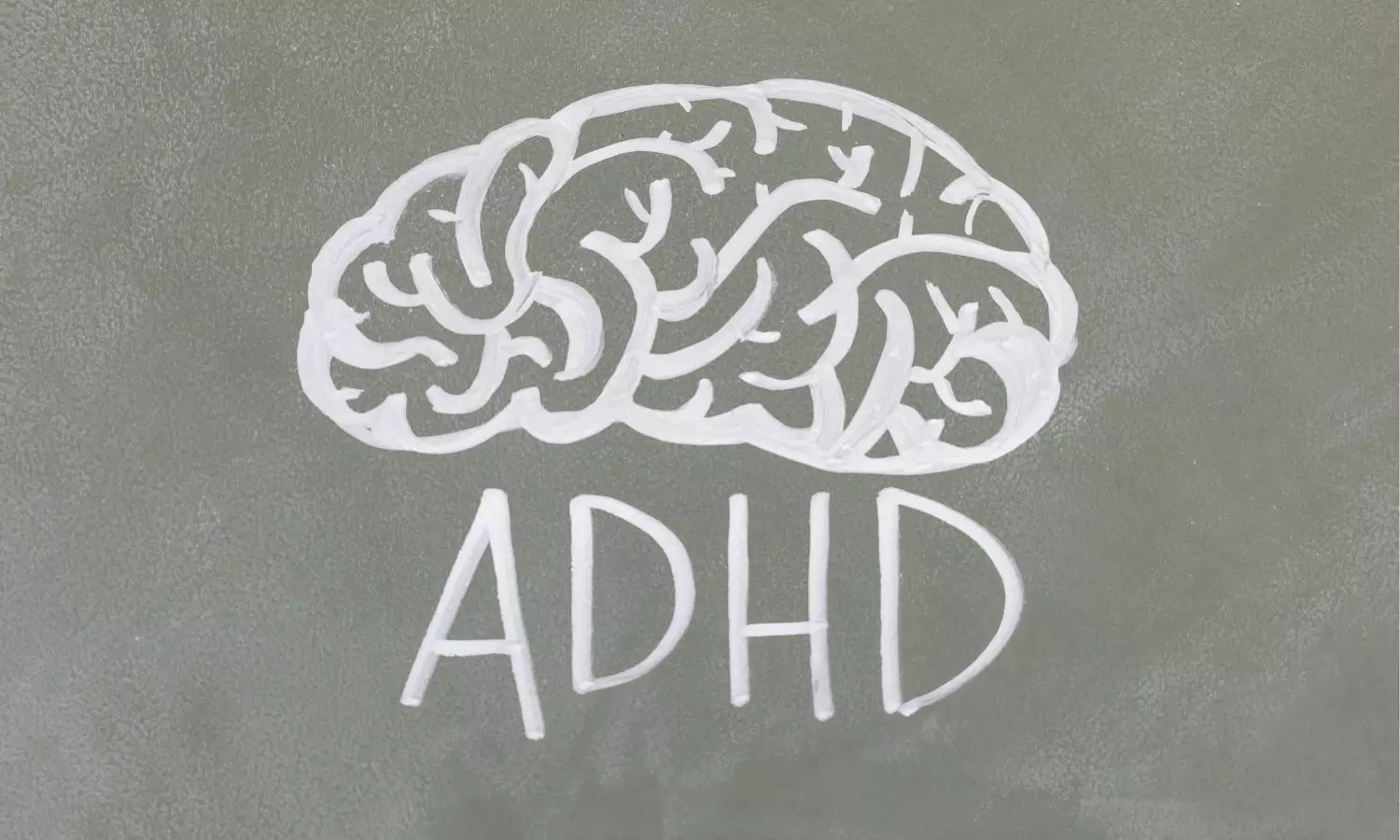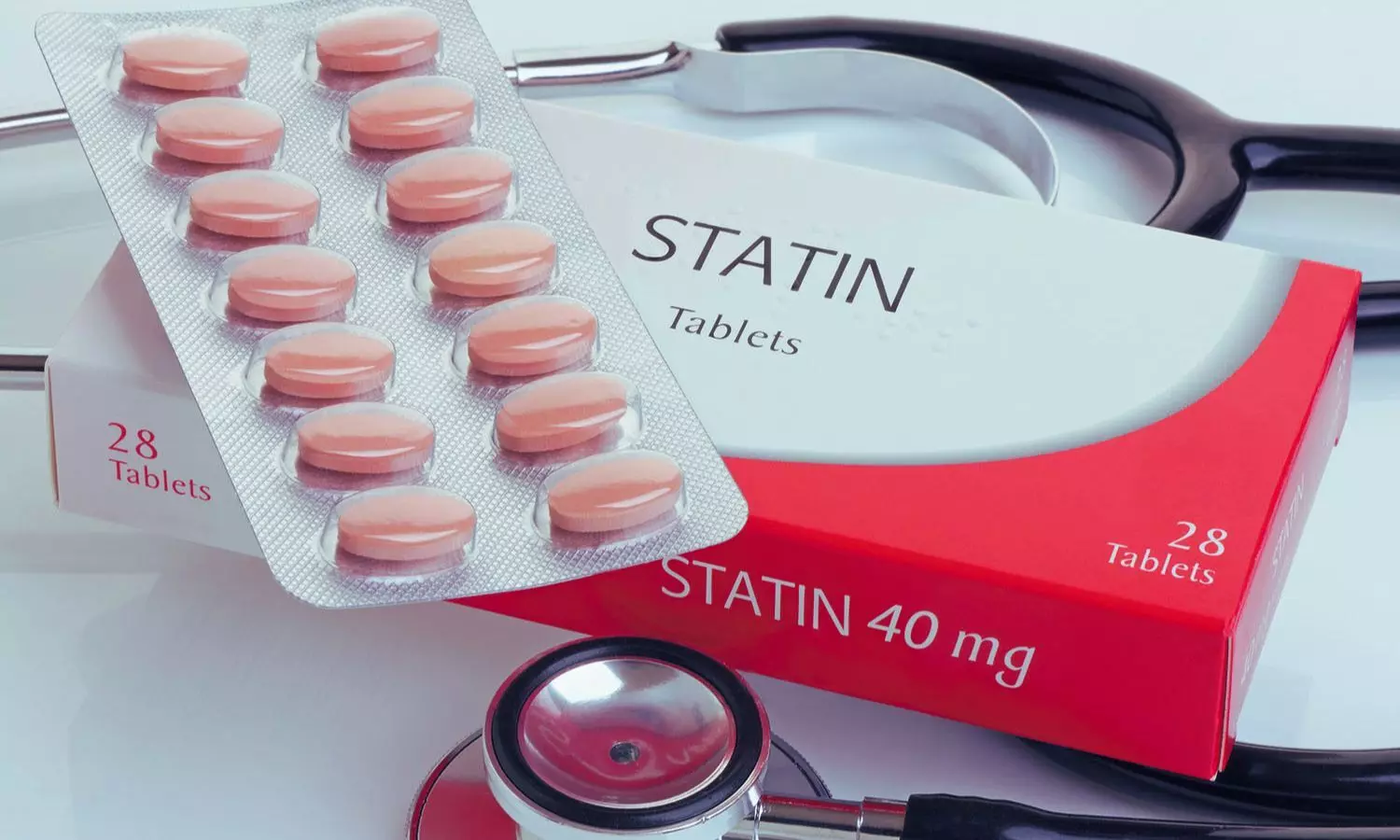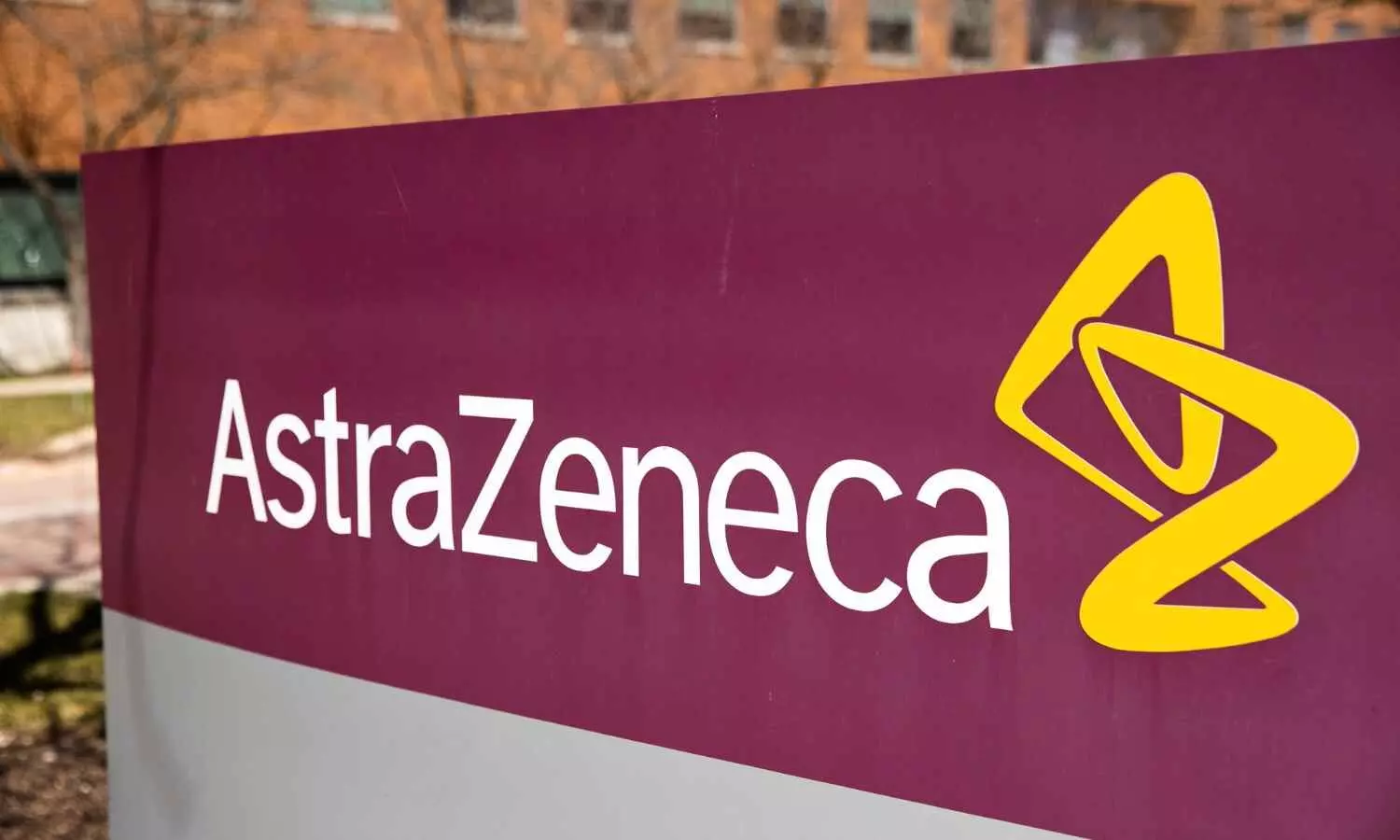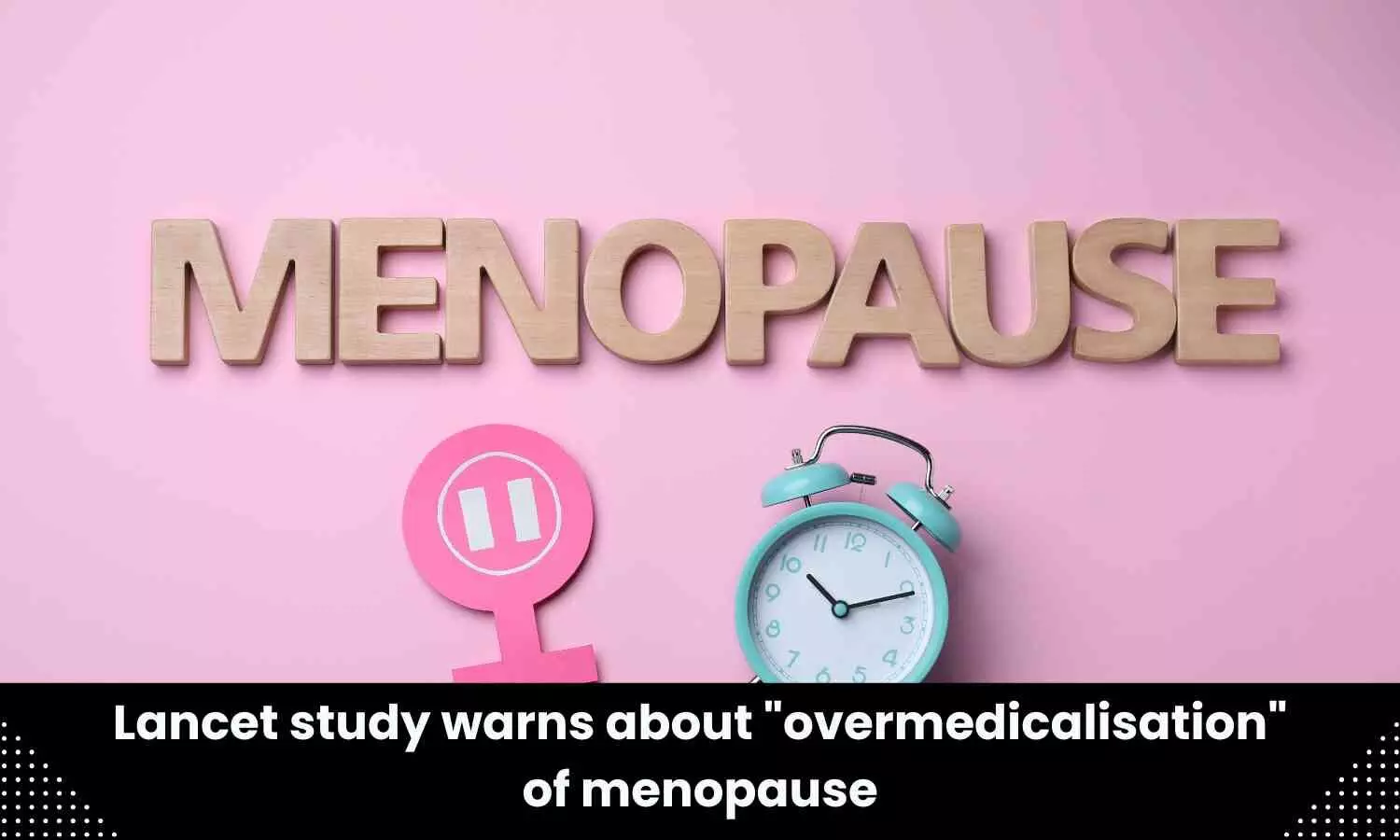The study found that protein metabolites found in nuts, fish, legumes, red and processed meat, poultry and eggs are associated with lower risks of chronic kidney disease, with fish having the most protective effect. “These metabolites are candidate biomarkers of dietary intake and may be critical for the primary prevention of CKD,” the researchers write.
The finding supports the recent nutritional guidelines recommending a Mediterranean diet, which includes fish as the main dietary protein source.
The urine excretion of nitrogen estimates the total protein intake, but biomarkers of specific dietary protein sources have been sparsely studied. Using untargeted metabolomics, Casey M. Rebholz, Department of Epidemiology, Johns Hopkins Bloomberg School of Public Health, Baltimore, MD, and colleagues aimed to study serum metabolomic markers of 6 protein-rich foods and to investigate whether dietary protein–related metabolites are associated with incident CKD in a prospective cohort study.
The study included 3,726 participants from the Atherosclerosis Risk in Communities study without CKD at baseline. Exposures were dietary intake of 6 protein-rich foods (fish, legumes, nuts, red and processed meat, poultry, and egg), and serum metabolites.
The primary outcome was incident chronic kidney disease defined as estimated glomerular filtration rate (eGFR) < 60 mL/min/1.73 m2 with ≥25% eGFR decline relative to visit 1, hospitalization or death related to CKD, or end-stage kidney disease.
Cross-sectional associations between protein-rich foods and serum metabolites were estimated by multivariable linear regression models. C statistics assessed the metabolites’ ability to improve the discrimination of highest versus lowest three quartiles of intake of protein-rich foods beyond covariates (clinical factors, demographics, intake of nonprotein food groups, and health behaviours). Cox regression models identified prospective associations between protein-related metabolites and incident chronic kidney disease.
The researchers reported the following findings:
· 30 significant associations were identified between protein-rich foods and serum metabolites (fish, n = 8; nuts, n = 5; legumes, n = 0; red and processed meat, n = 5; eggs, n = 3; and poultry, n = 9).
· Metabolites collectively and significantly improved the discrimination of a high intake of protein-rich foods compared with covariates alone (difference in C statistics = 0.051, 0.033, 0.003, 0.024, and 0.025 for nuts, fish, red and processed meat, eggs, and poultry-related metabolites, respectively).
· Dietary intake of fish was positively associated with 1-docosahexaenoylglycerophosphocholine (22:6n3), which was inversely associated with incident CKD (HR, 0.82).
To conclude, the researchers identified 30 associations between protein-rich foods and serum metabolites, including 8 associations that were substantiated by prior studies (CMPF, EPA, DHA, 4-vinylphenol sulfate, tryptophan betaine, 3-methylhistidine, ectoine, and creatine). Metabolites individually and collectively had a strong discrimination value for the dietary intake of protein-rich foods, especially CMPF, DHA, tryptophan betaine, 4-vinylphenol sulfate, 3-methylhistidine, and DPA. These metabolites improved the discrimination of the dietary intake of proteins beyond covariates (clinical factors, demographics, intake of nonprotein food groups, and health behaviours).
“One fish-related metabolite (1-docosahexaenoyl-GPC [22:6n3]) was linked inversely with incident CKD risk,” the researchers wrote. “These metabolites are candidate biomarkers of dietary intake, and 1-docosahexaenoyl-GPC (22:6n3), as a marker of fish intake, may be critical for the primary prevention of CKD.”
Reference:
Bernard, L., Chen, J., Kim, H., Wong, K. E., Steffen, L. M., Yu, B., Boerwinkle, E., Levey, A. S., Grams, M. E., Rhee, E. P., & Rebholz, C. M. (2024). Serum Metabolomic Markers of Protein-Rich Foods and Incident CKD: Results From the Atherosclerosis Risk in Communities Study. Kidney Medicine, 100793. https://doi.org/10.1016/j.xkme.2024.100793










